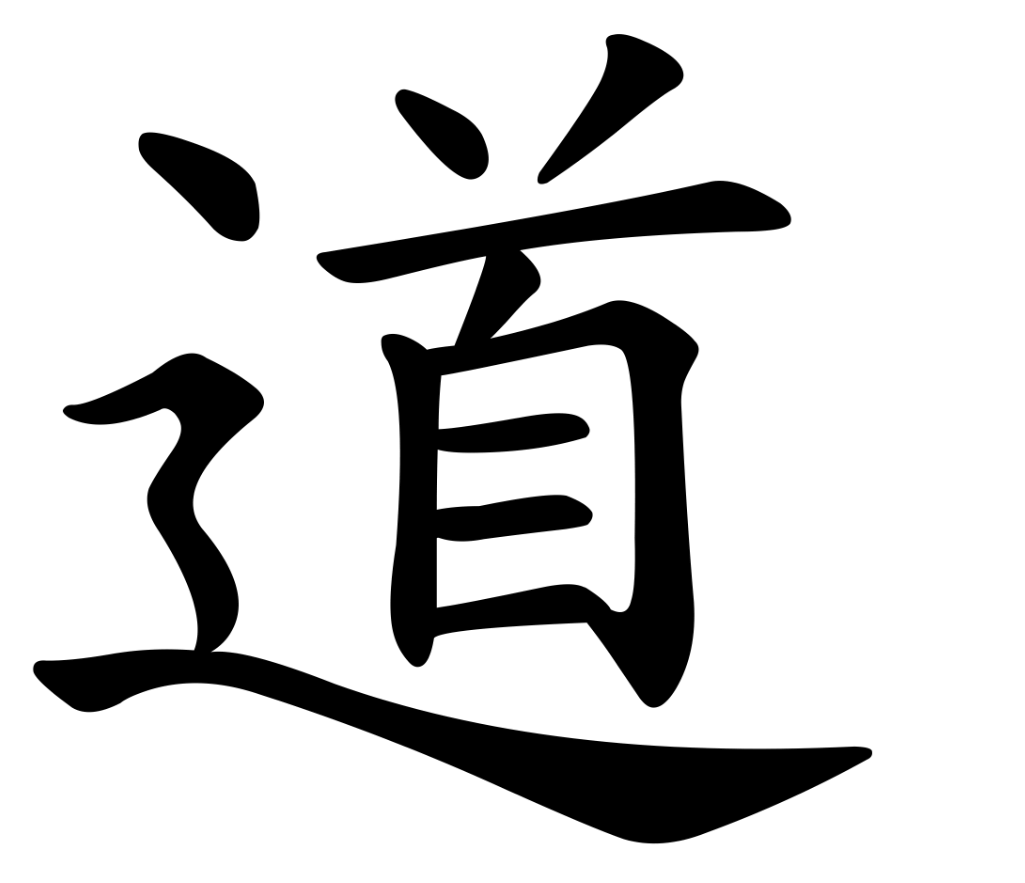The TAO of Discovery Interviews

One of the key New Product Blueprinting skills is the ability to conduct qualitative interviews, which we call “Discovery Interviews.” For these, the goal is to uncover a customer’s desired outcomes. A “desired outcome” is a customer need statement as defined by Anthony Ulwick in the 2002 Harvard Business Review article “Turn Customer Input into Innovation.”
The Discovery Interview – demystified
The Discovery Interview is also what rookies struggle with the most. My goal is to demystify these with “The TAO of Discovery Interviews.” The word “tao” is a Chinese word that means “path” or “the way.” I’m using the letters “T-A-O” to stand for Techniques, Attitude, and Order which can provide the “way” to great Discovery Interviews.
Click here to learn the significance of Discovery Interviews within B2B vs B2C markets
The great thing about the word “tao,” is that it means more than just a physical path, but refers to the foundation, the essence, and the underlying principles by which a complex idea can be understood. You may recall that the Discovery Interview includes sections for Current State questions, Problem questions, Ideal State questions, and Trigger Map questions. The TAO of Discovery Interviews will help you to get the most out of that structure.
Discovery Interviews – the T – A – O
“T” is for TECHNIQUES
Our “T” in “TAO” stands for “techniques”…as in proven methods.
ERRORS
Our first technique is to inquire about errors. Think about what it is that a customer is trying to accomplish – and what goes wrong? What errors occur? A customer wants to accomplish something perfectly – and so – what are the imperfections? Channel this thinking during your phases of Discovery Interviews – within the Problems, Ideal State, and Triggered Idea sections.
When the customer mentions a positive result they are seeking, they usually are a bit vague. However, they may say they want something to be reliable, durable, or easy-to-use. Flip this around on them and ask them, “if it’s not reliable, then what is happening?” Or “If it’s not easy-to-use, then what happens that makes it difficult?” Seek to understand what is going wrong. If we remove the imperfections and errors, all that is left is perfection… and a happy customer!
THE PHYSICAL WORLD AS A PROBE
We shouldn’t fail to apply this B2C method within our Discover Interviews. Entrepreneurs have often stumbled upon good ideas by watching customers struggle with something. B2C market researchers employ ethnographic and observational techniques to just watch customers interact with their products. When you do so, the physical world becomes your discussion guide.
If you are Delta Airlines, perhaps you sit with a customer while they make their reservations. Moreover, what do they struggle with? What is confusing? You watch customers at the kiosks getting their boarding passes – while others use their mobile phones. And the natural probe emerges, “What are the advantages of the kiosk? What are the advantages of the phone?” Further, you might follow them to the gate – and watch them struggle to find a charge port. If you can go to the place where your customers use your product – the environment becomes your discussion guide.
SILENCE
I have noticed that newbie B2B interviewers have a very hard time letting a room go silent! The inexperienced B2B interviewing team usually fall over themselves to fill every moment of the interview with sound.
Don’t do that.
With silence, the customers become reflective. Sure, the silence is uncomfortable for them and you – but that’s the point! They will continue to talk, they will continue to think, and will generate much better insights than if the interviewing team keeps jabbering. Ask your questions, but don’t be afraid to let the silence hang. You’ll be surprised as to how well this works.
“A” is for ATTITUDE
EGO
Ego problems destroy our ability to learn during Discovery Interviews. A bad attitude begins at the belief that we really already know what customers want. So the first step to having a good attitude is keeping the ego in check. We are not there to show how much we know. Also, we’re not there to show how smart or knowledgeable we are. Instead, we are there to learn.
We are interviewing customers to understand them, to understand their needs, to understand what makes their life difficult. Unfortunately, it only takes one team member with a big ego to ruin the vibe. During an interview, we want the customer to be the expert. We are there to listen and hear them out, not to inform. Keep that ego in check, and things will go well.
EMPATHY
Empathy is useful for the interviewer. Like the old crooner, Barry Manilow once told us – we want to feel sad when they’re sad, we want to feel bad when they feel bad. Empathy helps us to care. Empathy brings us into the customer’s world. It helps us sense the passion and hear the real customer’s voice. And when they sense that we truly care, they will open up more, they will share more – and we will learn more.
CURIOSITY
Embrace the mind of a toddler. Children want to the answer to…“Why?” They want to understand – and they do not mind asking questions over and over until satisfied. They naturally recognize that they are not the expert – and in order to understand, they must ask questions.
How are interviews different in B2B vs. B2C markets? Click here to learn more!
Perhaps more than any other thing, a curious mentality is the greatest asset for an interviewer. With this mindset, it’s not about the perfect question – it’s about persistence and wonder that drives the interviewer to understand the customer’s problem.
“O” is for ORDER
The order – or phases of a Discovery Interview – from Current State to Triggered Questions is deliberately chosen. Discovery Interviews are about learning; and as such the order is important.
RAPPORT
As soon as you arrive at the customer site, your initial purpose is to build rapport. You do this within opening statements – and this continues through the Current State questions. By design, Current State questions should be easy to answer – should not be controversial – and should help the customer to relax and become comfortable with the interviewing team and format. In a particular interview, if building rapport is difficult, you may want to prolong this phase: keeping the questions easy and light – and perhaps postpone the “Problems” section of the interview until the rapport is more solid.
FUNNEL
As we leave the Current State section, we began the heart of the interview. As you continue through Problems, Ideal State, and Triggered Questions, keep the following principle in mind: The interview is like a funnel – wide at the entrance and narrow at the exit. In the wide opening, questions are short and reveal little. As the interview continues, our questions will become increasingly aided. Additionally, this approach prevents our biases from restricting what we will learn.
Think about it this way – the longer and more aided our questions are, the more we reveal about ourselves – and what we believe the problems to be. Further, as the interview begins, think SQLA: Short Question – Long Answer. And as the interview continues, and the customers begin to have more difficulty providing additional needs, then (and only then) we can prompt them a bit with a little more information.
WHAT IS MISSING?
Towards the very end of the discovery interview, challenge yourself to think “What is missing? Has anything been left out? Does something seem to not make sense? Is there anything have we not covered? Often, you will find towards the end that it feels like everything has been covered multiple times.
But slow down – do not rush. Look back over your notes. Look for something to probe deeper about before wrapping up. And my final question in every interview is always the same, “What should I have asked you that I did not?”
The TAO of Discovery Interviews… Techniques, Attitude, and Order
Remember TAO: Techniques, Attitude, and Order. It’s the path to a great customer interview! By the way, we’re always adding to our set of growth tools. So, please feel free to send us any comments, questions, or tips of your own.

Comments